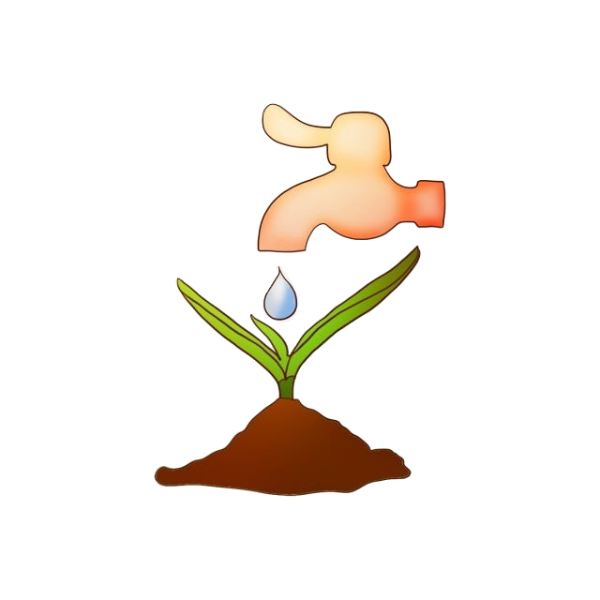The Critical Zone is often described as Earth’s outer layer, stretching from the bedrock up to the tops of trees. It is a dynamic region where rock, soil, water, air, and living organisms come together and influence the formation and evolution of the Earth’s surface.
The National Science Foundation (NSF) is an independent federal agency that supports research and education in science and engineering. The NSF’s Critical Zone research program focuses on understanding the Earth’s surface, from the tree canopy to the bedrock.
References:
(1) https://www.nsf.gov/news/understanding-earths-surface-tree-canopy-bedrock
(2) https://www.sciencedirect.com/science/article/abs/pii/B978044463369900001X#:~:text=Partly%20as%20a%20result%20of%20the%20impact,program%20fell%20on%20the%20shoulders%20of%20NSF
(3) https://www.nsf.gov/about#:~:text=About%20NSF%20%7C%20NSF%20%2D%20National%20Science%20Foundation
(4) https://www.nasa.gov/nsf-frequently-asked-questions/#:~:text=The%20National%20Science%20Foundation%20(NSF)%20is%20an%20independent%20federal%20agency,create%20knowledge%20that%20transforms%20the
(5) https://emergingtechpolicy.org/institutions/executive-branch/national-science-foundation/#:~:text=The%20National%20Science%20Foundation%20(NSF)%20is%20an,grants%2C%20partnerships%2C%20education%2C%20and%20workforce%20development%20initiatives
